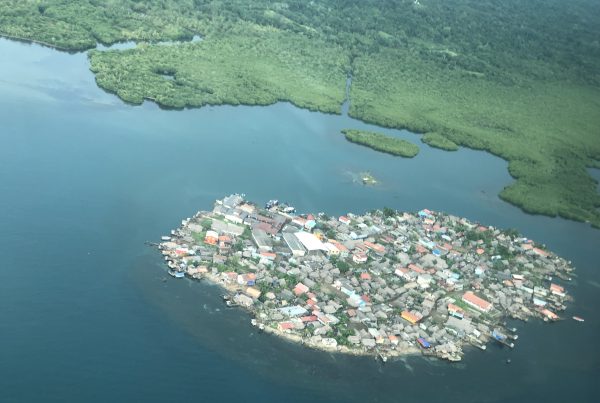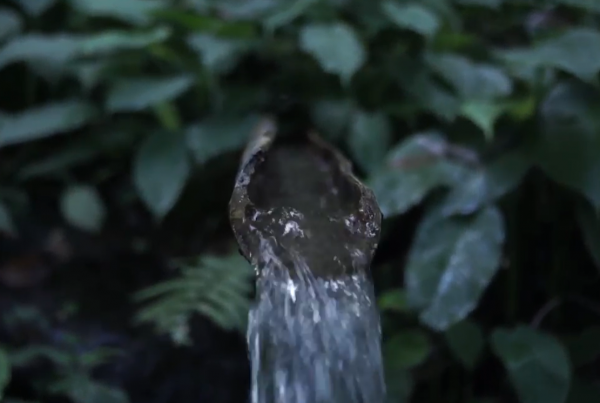The Guna people live in Guna Yala, an archipelago in which most inhabited islands are threatened by rising sea level caused by climate change. Guna Yala contains 81 per cent of Panama’s reefs and has high levels of biodiversity.[footnote]McEntee, M. Assessment of Genetic Connectivity and Potential Management Plans for the Coral Reef Ecosystems of Guna Yala , Panama Assessment of Genetic Connectivity and Potential Management Plans for the Coral Reef Ecosystems of Guna Yala , Panama. (2012). at <http://digitalcollections.sit.edu/cgi/viewcontent.cgi?article=2496&context=isp_collection>[/footnote] The Guna undertake fieldwork to analyse and diagnose problems associated with climate change, both in relation to the ecosystem and in relation to their own socio-cultural and economic systems. Through their research, the Guna have been able to identify and monitor several impacts, including increased mortality of coral reefs, drying up of mangroves and erosion of sandy island ecosystems. These have negative impacts not only on biodiversity, but also on the traditional management of the islands by the Guna.
Related Posts
 Case Study
Case Study
Conservation of Mu Billi (Ocean): A step towards collective territorial rights
Creating maps of vulnerable areas help local communities identify areas that need special conservation protection.
Forest Peoples Programme7 April 2025
 Case Study
Case Study
Protecting community-led conservation of Wapichan Wiizi
Creating maps of vulnerable areas help local communities identify areas that need special conservation protection.
Forest Peoples Programme1 April 2025
 Case Study
Case Study
Ruma’mus Ung Gio: A ritual to honour ancestral connections to a sacred spring in Indonesia
This short film follows Warembunga spiritual leader Tonaas Rinto Taroreh as he conducts a ritual to protect and honour ancestral connections to a sacred spring near his community in Indonesia.
Forest Peoples Programme4 April 2023
